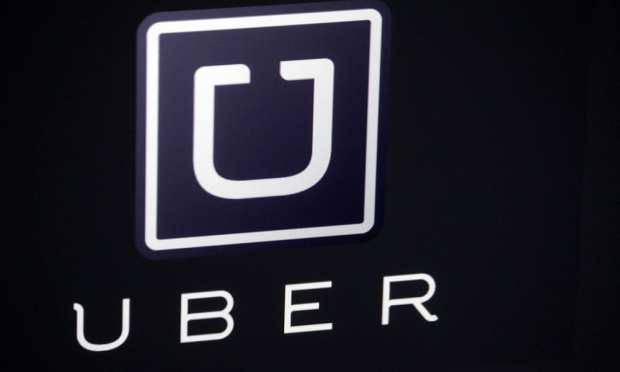Uber User Base Hits 100M, Growth Slows

It was a rough ride in after-hours trading after Uber reported its Q2 results — Uber’s big losses made investors and analysts nervous about the prospects for the ridesharing firm’s future profitability.
In fairness, some of the figures Uber put up were in line with the types of growth the market likes to see. Bookings were up 35 percent, active users were up 30 percent, trips were up 35 percent and revenue grew by 14 percent to $3.16 billion from $2.76 billion at this time last year. Revenue did, however, come in a bit below pre-release analysts estimates of $3.36 billion.
That smaller miss, however, was mostly overshadowed by Uber’s much, much bigger miss on earnings. Analysts were expecting Uber to post a loss — $3.12 per share — and were taken by surprise by the much larger loss of $4.72. In all, the losses added up to a little over $5 billion in three months. When added to the approximately $1 billion during Q1, Uber has lost a little over $6 billion in six months.
Despite a result widely considered dismal by the market, Uber CEO Dara Khosrowshahi’s remarks in a statement remained on the bright side of the report.
“In July, the Uber platform reached over 100 million Monthly Active Platform Consumers for the first time, as we become a more and more integral part of everyday life in cities around the world,” he noted.
In terms of other positive advances achieved, Khosrowshahi referred to the successes of Uber’s loyalty programs for both customers and drivers.
Though no new numbers were offered on the consumer side, Uber did note that the synchronicity created between Uber Eats and Uber Ridesharing by rewards has lead consumers enrolled in the program to be twice as likely as to be active on both Rides and Eats.
Uber also highlighted the growth in its Eats platform in general. Uber Eats Monthly Active Platform Consumers (MAPCs) reportedly grew 140 percent year over year. Of those new users, 40 percent reported never having used Uber’s platform before. As of the end of the quarter, Uber Eats is reporting connections to 320,000 restaurant partners.
In regards to the Uber Pro driver loyalty program, the firm reports more than 50 percent of its U.S. drivers have enrolled in the program and that its initial expansion outside the U.S. in Mexico and Brazil has seen strong early adoption. On the international front, Uber also announced that both Germany and Argentina had seen strong growth last quarter. Buenos Aires, Argentina has become the fifth-largest city in the world based on trips.
Uber also alluded to growth in its Uber Freight business unit — it reported new customers across the enterprise, middle market, and small- and medium-sized business segments. But it didn’t offer any additional color in terms of numbers.
All in all, however, the story of the earnings report from the market’s point of view fuels emerging concerns that Uber will never outgrow burning through investors’ money as opposed to consistently turning a profit. Uber executives remain firm that their growth is targeted, responsible and aimed at profitability.
“While we will continue to invest aggressively in growth, we also want it to be healthy growth, and this quarter we made good progress in that direction,” Nelson Chai, CFO noted.
But Wall Street investors were less than convinced — they sent Uber’s stock tumbling down 12 percent in after-hours trading.
